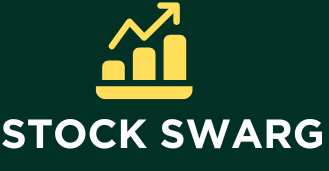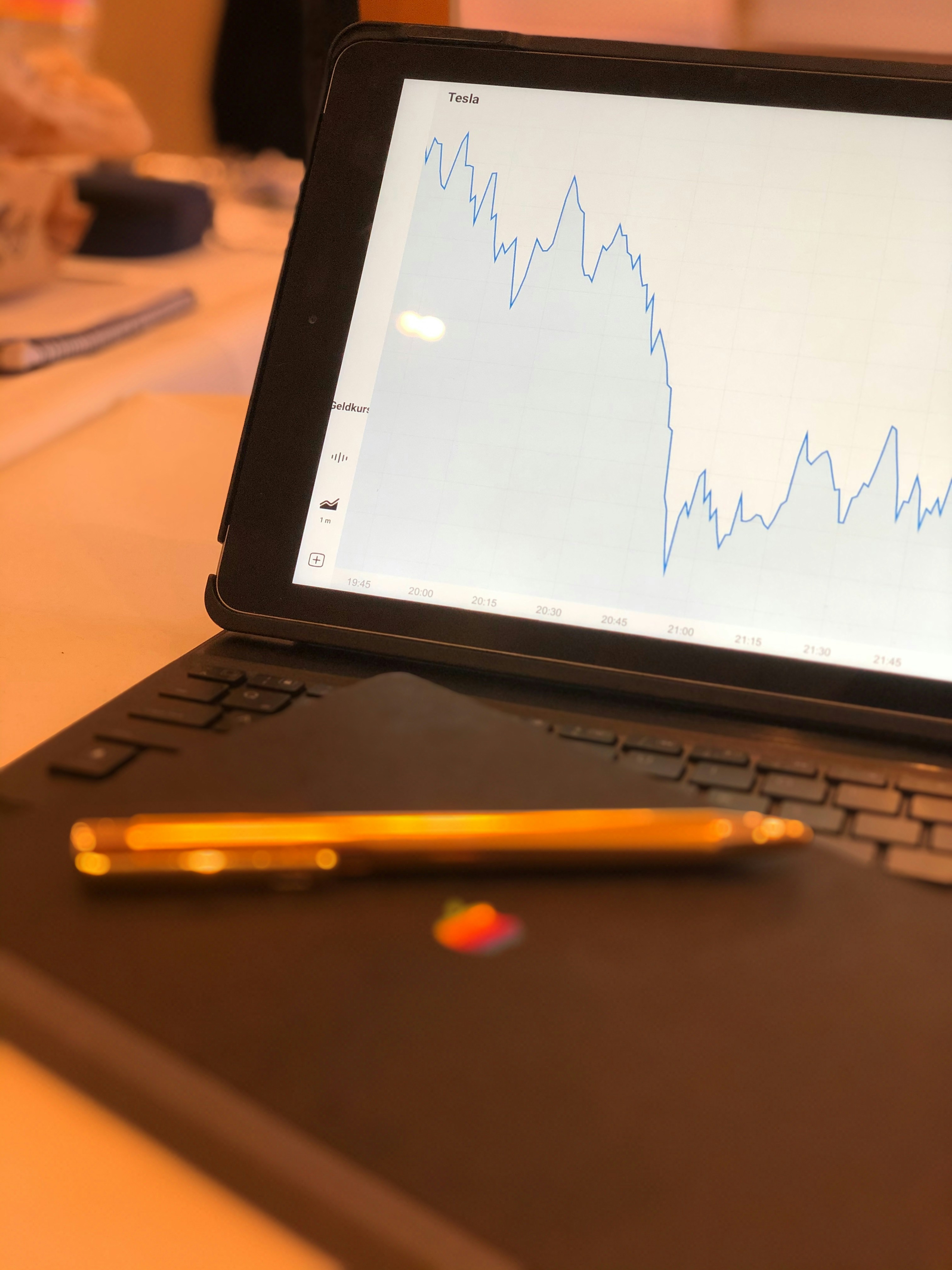
Overview of GALT Stock
GALT Stock, representing Galectin Therapeutics, Inc., is situated within the biopharmaceutical sector, primarily focusing on discovering and developing therapies that target galectin proteins. Founded in 2000 and headquartered in Norcross, Georgia, the company’s mission is to address significant unmet medical needs through novel treatments for diseases associated with galectin proteins, particularly in the areas of fibrosis and cancer. This mission is deeply rooted in its core values of innovation, integrity, and patient-centricity.
Galectin Therapeutics aims to revolutionize the treatment landscape by leveraging its proprietary carbohydrate-based technology. Its leading drug candidate, GR-MD-02, is currently in advanced clinical trials for treating conditions such as non-alcoholic steatohepatitis (NASH) and melanoma. The significance of these developments places GALT stock in an intriguing position within a rapidly evolving market, characterized by high demand for innovative therapeutics addressing chronic health conditions.
Over the past several years, GALT stock has exhibited notable fluctuations, reflective of broader market trends and advancements in its clinical pipeline. Investors should be aware of the stock’s volatility, which may arise from various factors, including developments in clinical trial outcomes, regulatory approvals, and market competition. Notably, the company’s financial health can be assessed through key metrics such as market capitalization, revenue streams from partnerships, and research funding, which are crucial in evaluating its long-term viability.
In summary, understanding GALT stock requires an analysis of its historical performance, financial metrics, and strategic position in the biopharmaceutical landscape. As the company continues its journey toward innovation, stakeholders must keep a close eye on developments that could significantly influence GALT stock’s value in the marketplace.
Recent Performance and Market Trends
In the past several months, GALT stock has demonstrated notable volatility, with price movements reflecting both internal company developments and broader market trends. The stock opened the year at approximately $3.50 and experienced fluctuations, peaking at around $4.25 in early June. During this period, trading volumes have also increased significantly, indicative of heightened investor interest. This surge in volume suggests a growing sentiment among traders that GALT might be positioned for potential upside in the context of its sector and overall economic conditions.
Several macroeconomic indicators have influenced investor sentiment toward GALT stock. Recently, positive reports on pharmaceutical advancements and biopharmaceutical market growth have benefitted stocks within the industry, including GALT. Conversely, inflationary pressures and potential interest rate hikes have created a cautious atmosphere among investors, contributing to the fluctuations observed in stock prices. Speculations regarding regulatory approvals and upcoming product launches have additionally played a critical role in shaping market sentiment.
When comparing GALT to similar stocks in the biopharmaceutical sector, we notice that it has maintained a competitive edge. Stocks like Company X and Company Y have also seen significant movements, yet GALT distinguishes itself through unique product pipelines and strategic partnerships. These elements may contribute to a more optimistic outlook for GALT among analysts, who are keenly aware of its potential to capitalize on emerging market opportunities.
In summary, GALT stock’s recent performance reflects a combination of external economic factors and internal company dynamics, underscoring the ongoing shifts within the biopharmaceutical landscape. As investors navigate through such trends, keeping a close eye on GALT’s position relative to industry peers will be essential for understanding its potential trajectory moving forward.
Future Outlook and Growth Potential
The future outlook for GALT stock appears to be shaped by a combination of promising growth potential and inherent challenges. Analysts have been closely monitoring the company’s trajectory, with several projecting optimistic earnings growth in the coming years. Factors contributing to this potential include advancements in GALT’s product pipeline and a strengthening position in the biotechnology sector.
Recent reports indicate that GALT is poised to introduce new therapies aimed at treating liver diseases, which could significantly enhance its market presence. The successful commercialization of these treatments could be pivotal, potentially driving revenue streams and attracting investor interest. As GALT continues to innovate, the company may also see an expansion into synergistic markets, which would further bolster growth prospects.
Moreover, the demand for effective treatments in chronic liver conditions is expected to rise, providing GALT with ample opportunity to capitalize on an underserved patient population. This market gap not only signals potential profitability but also highlights GALT’s role in addressing critical health issues, which could resonate well with socially conscious investors.
However, it is crucial to consider the risks associated with investing in GALT stock. The biotechnology industry is characterized by volatility, regulatory hurdles, and the unpredictable nature of clinical trials. Any setbacks in product development or regulatory approval could adversely affect investor sentiment and stock performance. Additionally, competition from established players and emerging startups may pose challenges that GALT will need to navigate carefully.
Investors should remain informed about both the opportunities and risks associated with GALT’s stock. As the company ventures into new territories and innovates within its existing portfolio, understanding these dynamics will be essential in assessing GALT’s future trajectory.
Investment Considerations and Recommendations
When evaluating GALT stock, several investment considerations come into play that can significantly influence potential investment decisions. Firstly, assessing the valuation of GALT stock is crucial. Investors should analyze the company’s price-to-earnings (P/E) ratio, earnings per share (EPS), and price-to-book (P/B) ratio, comparing these metrics to industry averages. A stock that appears undervalued based on these ratios may offer a compelling buying opportunity, particularly if the investor believes in the company’s long-term growth potential.
Risk factors are another integral component of the investment landscape. GALT stock is subject to market volatility and can be influenced by broader economic conditions, including interest rates and inflation. Additionally, the company’s performance may be affected by specific risks such as regulatory challenges or competition from other firms within the industry. Understanding these factors enables potential investors to weigh the potential rewards against the associated risks and align their investment strategy accordingly.
Investors should also consider their approach—whether to pursue a long-term buy-and-hold strategy or engage in short-term trading. A long-term perspective might be more suitable for those who believe in the fundamental growth prospects of GALT and are willing to withstand short-term fluctuations. Conversely, short-term traders may focus on technical analyses and market trends to capitalize on volatility, taking advantage of price movements to realize gains quickly.
Lastly, investors must take into account the implications of economic trends and geopolitical factors on their investment decisions related to GALT stock. Elements such as global market conditions, trade agreements, and potential economic downturns can all influence stock performance. A thorough analysis of these factors can equip investors with the necessary insight to make informed choices and adapt their strategies in an ever-changing financial landscape.


